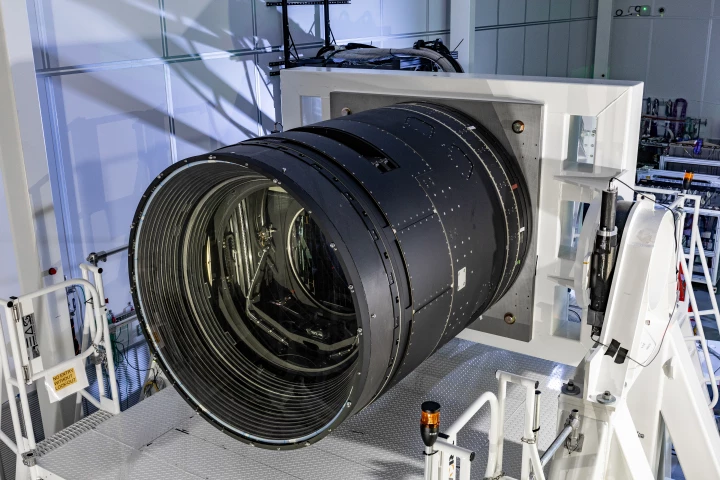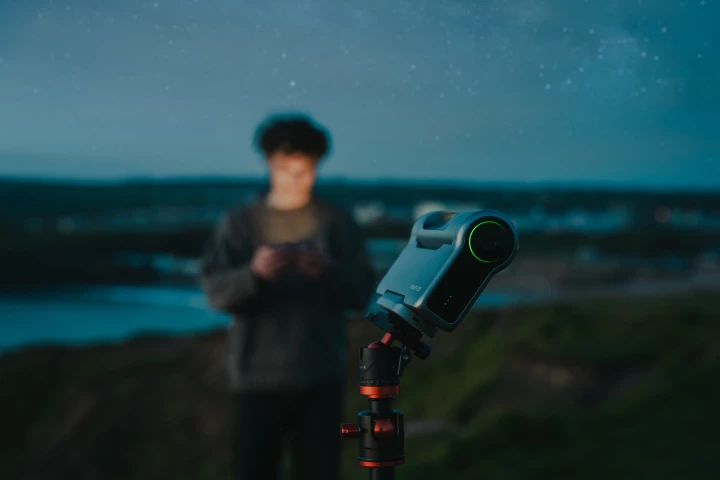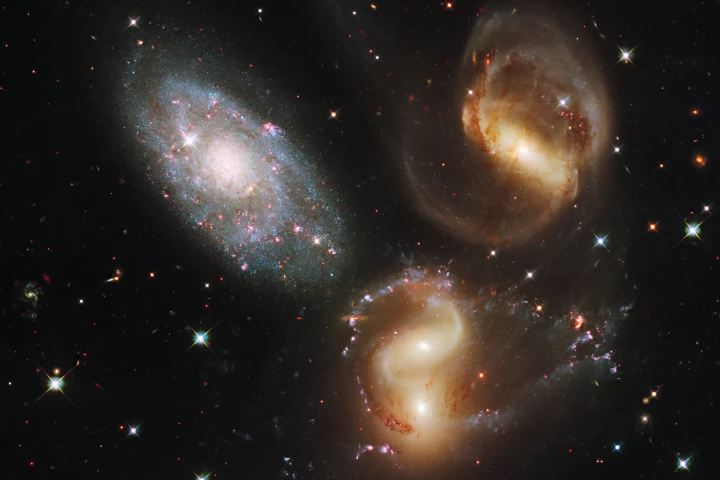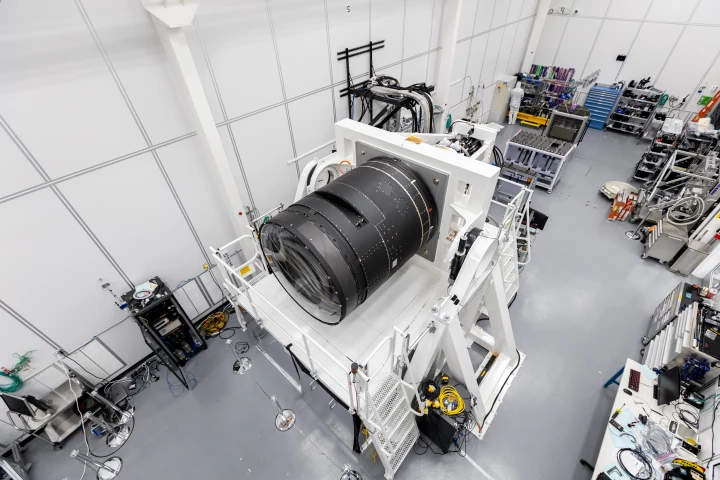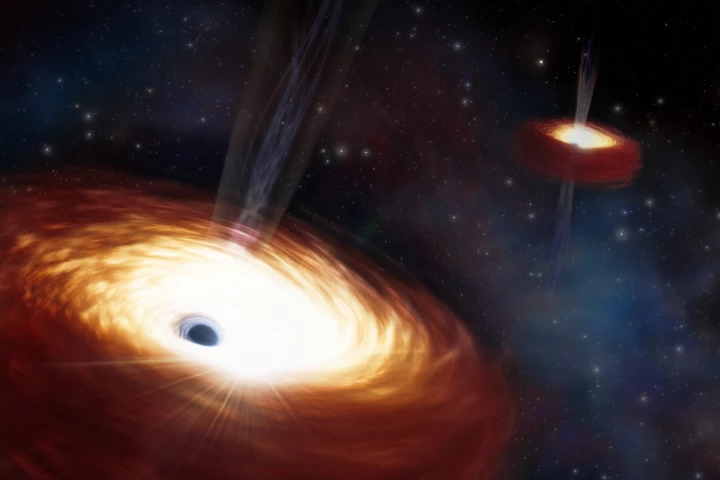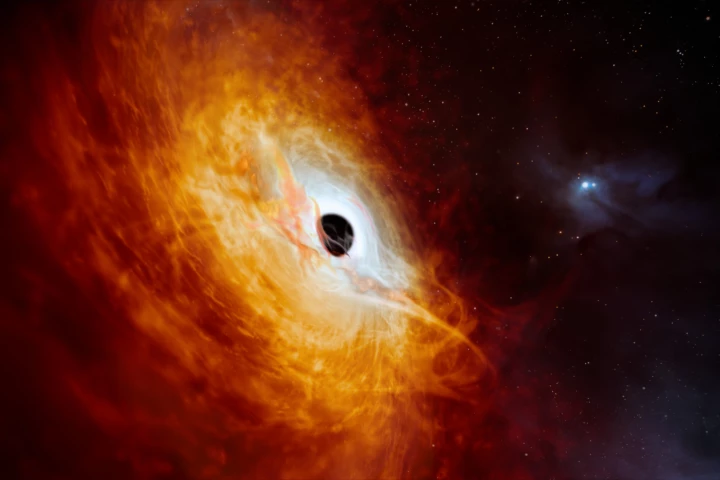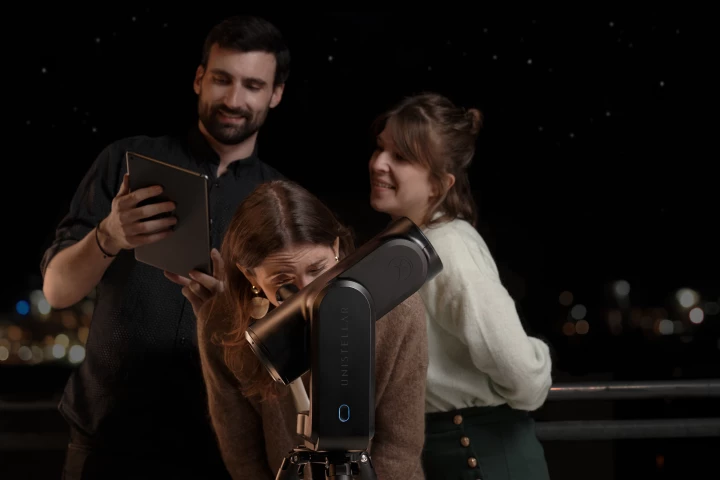Telescope
-
After decades of planning and building, the world's largest digital camera at the heart of the Vera C. Rubin Observatory on the summit of Cerro Pachón in Chile has snapped its first imagery – from test observations spanning a 10-hour window.
-
After a couple of successful Kickstarters for versions of its book-sized smart telescope, DwarfLab opted to jump straight into production for the Dwarf III. We've recently been out stargazing and wildlife watching with this budget-friendly sky watcher.
-
Astronomers have clocked a cosmic collision at 3.2 million km/h (2 million mph). A new instrument has spotted a galaxy crashing through a group of others at incredible speeds, creating a shock wave that’s changing the region completely.
-
Stargazing can be a complicated and expensive business, but the folks at Beaverlab are looking to make things a little easier and cheaper with the Finder TW2 – a beginner-friendly telescope that's billed as the world's first AI-powered planetary camera.
-
Gazing at the night sky is all well and good, but the arrival of smart digital telescopes has given stargazers the power to capture and share celestial majesty with relative ease. At under 3 lb, the Dwarf III is one of the most portable around.
-
The SLAC National Accelerator Laboratory has announced the completion of the LSST Camera, which is capable of capturing 3,200-MP images, and will now be installed on a telescope in Chile to help unravel some of the biggest mysteries in the universe.
-
We’ve all regretted taking too long to make a move, but at least it wasn't 3 billion years. That’s how long the sexual tension has been building between two slow-dancing supermassive black holes, whose eventual congress could rock the entire universe.
-
The brightest object in the known universe has just been found. It's a supermassive black hole with the mass of 17 billion Suns, and it swallows another Suns’ worth of material every day, making it also the fastest-growing black hole ever found.
-
Mobile apps and AI processing are making things a lot easier for stargazers via smart telescopes that automate complicated and fiddly processes. The latest addition to Celestron's range can also throw celestial captures onto a smart TV screen.
-
Astronomers have discovered the most distant – and therefore earliest – known black hole. Hiding in a galaxy called GN-z11, this black hole is bigger than should be possible given the age of the universe.
-
It's safe to say that French smart telescope innovator Vaonis took the internet by storm last year with the launch of the book-sized Hestia. Now the company has returned to its Vespera model for a second-generation upgrade.
-
Unistellar has been on a mission to make stargazing easier for amateurs for years, and has now launched its cheapest models to date. The Odyssey range packs in Nikon optics, brings autofocus, and allows for observation of nearby and distant objects.
Load More
